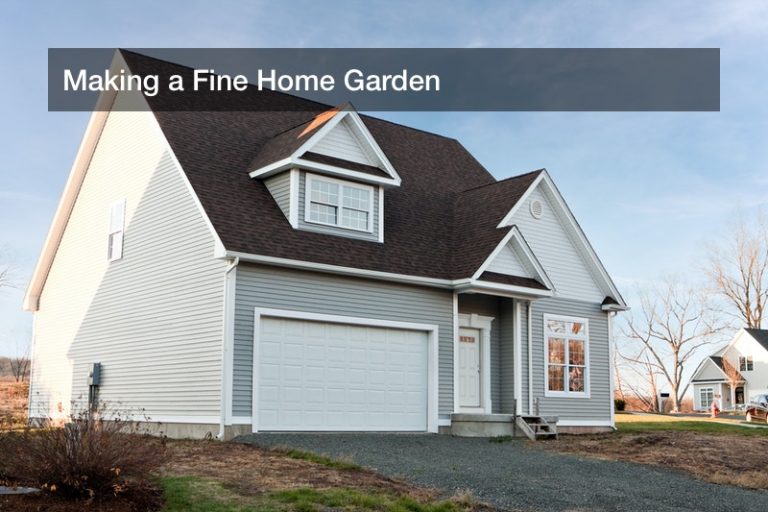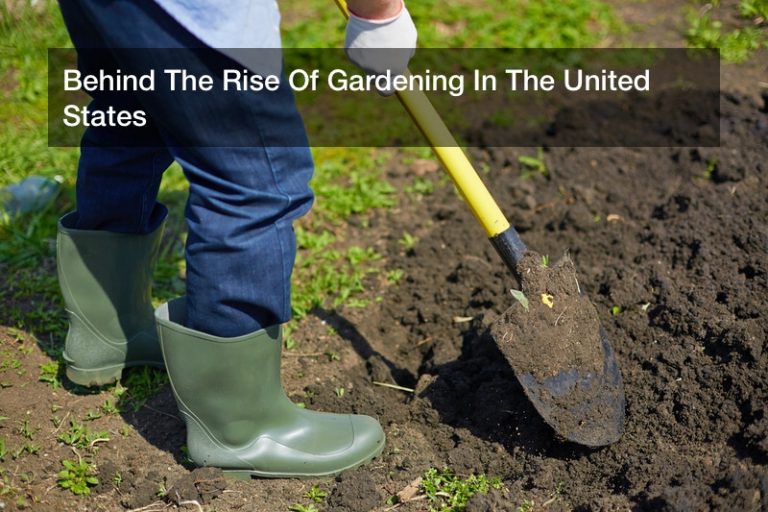
As a homeowner, you may or not realize the important role that trees and plants play in your landscaping. Tree root systems are major players in soil retention; trees provide shade for children and pets on hot summer afternoons; trees act as barriers against wind, snow and rain for houses in rural environments. From fruits to paper to the very air we breathe, trees are essential to our environment.
If you are updating the landscaping and gardening in your yards or just want to do a little good in the world by planting one, you may be bombarded by the variety of factors involved in browsing trees for sale at your local plant nursery or yard garden. Do you want a tree that is hardy, similar to shrubs and other brush like plants, and can withstand harsh winter weather, or one that has beautiful flowery blooms? Do you want a tree that yields fruit or prefer something more low maintenance?
No matter what the factors in play are in your decisions, you definitely want to educate yourself in tree disease and avoid trees that are vulnerable to disease. The effects of tree disease can range from inconvenient to the homeowner up to devastating for the ecosystem, and can come in the form of spores, insects, or transportation through the soil. Trees of different environments, ages and species are vulnerable to different diseases.
For instance, if you have planted several infantile trees in your yard, you will need to pay attention to the young trees’ complex landscaping needs. These underdeveloped trees are more prone to a condition called root and crown rot, due to the newness of their root and crown systems. In order to protect your new trees against this disease and death, make sure you have an aerator amongst your garden and landscape supplies; this tool jabs holes into the earth surrounding the trees’ root systems to monitor the water amounts in the soil. Root rot thrives in overly most and warm soil.
If the possibility of root rot made you decide that younger trees for sale are not for you, look closely at the adult trees to make sure there are no signs of a fungal assault. These signs would include blotchy leaves that are curled and look as if there were holes eaten into them by bugs. Twigs and small branches will most likely be dead, and those that are living will have a more gnarled and crooked appearance than usual. In most cases, a fungal disease will not kill a tree but severely hinder its growth.
Sooty mold is a thick black fungi that thrives on the residue left on tree leaves by certain bugs. If you discover this mold on your trees and plants, you do not have a fungus problem; rather, you have an insect problem. Your trees that are being affected by sooty mold won’t die, but will drop mold on any other plants, grass, and even cars beneath them.
There are countless more diseases and pests that can seize your trees, take their beauty, and even kill them, and even more diseases that are specific to one species or group of trees. Make sure to take your environment and your ability to monitor tree health into consideration when shopping for trees for sale, so that you do not end up investing in a landscaping decision that will only cost you in the long run.

